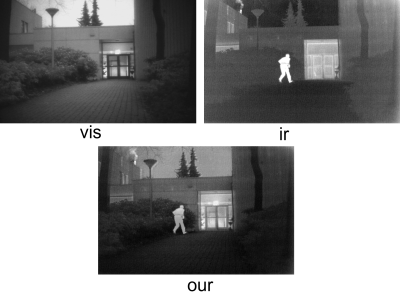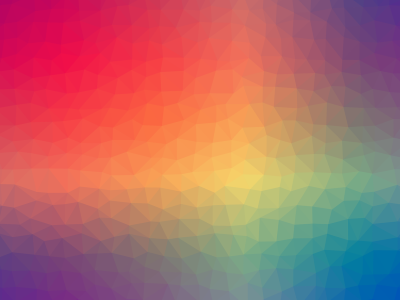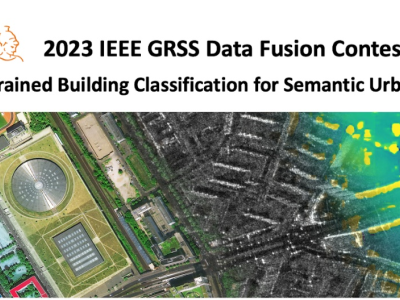
ThermalTrack is an RGB-LWIR paired dataset of wheel tracks captured under harsh winter conditions, including white-outs (severely degraded visibility), low-contrast snow terrain, and diverse wheel track geometries. Designed to enable robust alternative navigation strategies for winter autonomy systems, this dataset builds upon WADS (https://digitalcommons.mtu.edu/wads/), a specialized dataset for autonomous vehicle research in inclement winter weather.
- Categories:





